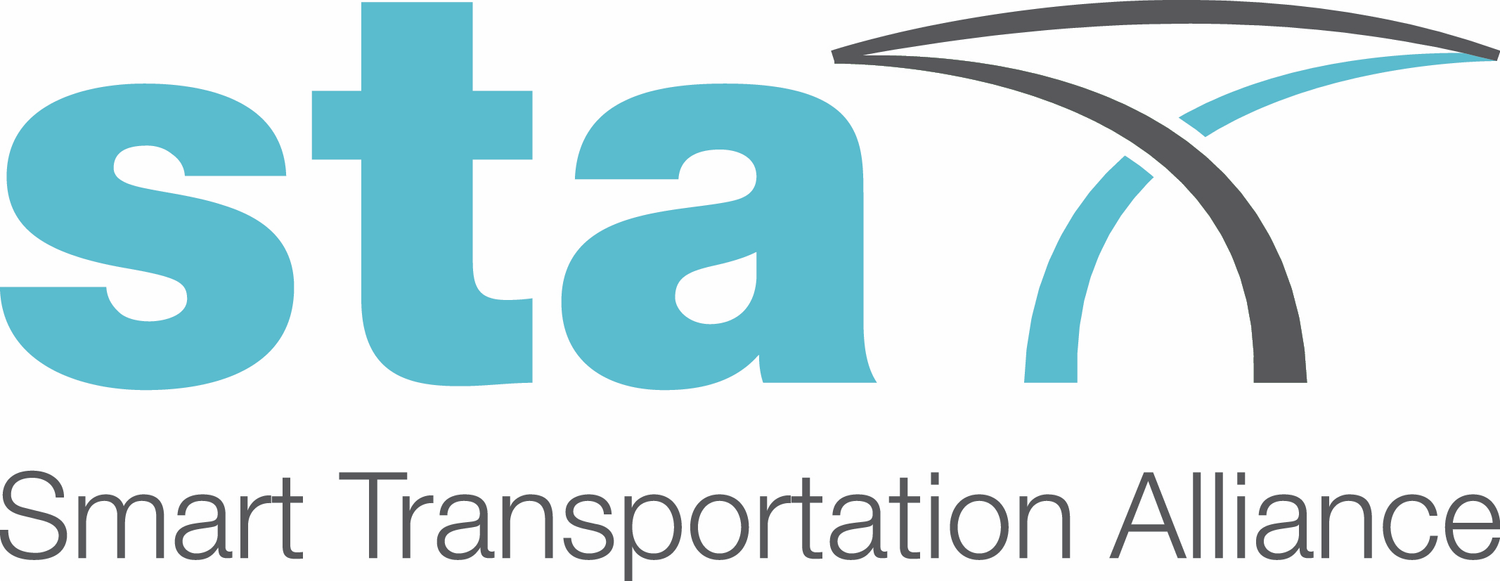STA Newsletter
Issue # April 2016
A bi-monthly online journal providing news and background about activities undertaken by STA with a view to improving the methods, technologies and standards associated to transportation infrastructures.
Innovation in Road Equipment Systems: The case of lighting and signage poles - Discussion Paper 2/2016 published
29 April 2016
In 2014, a total of 25,700 fatalities were attributed to accidents on European roads. Of these, 45% involved vulnerable road users such as pedestrians, cyclists and motorcyclists. On average, one third of motor vehicle injuries are caused by off-road driving situations. To limit the severity of accidents when vehicles exit the roadway in run-off-road (ROR) situations, forgiving roadsides were created. A set of European standards has been published, which define the criteria to be fulfilled by roadsides to limit the adverse effects of human and physical factors in vehicle accidents.
This Discussion Paper evaluates the potential for even greater innovation in the area of on-road protection in forgiving roadways.
'Share and share a bike' - The fourth generation of bike sharing is around the corner
29 April 2016
As little as a decade ago, bike-sharing was an afterthought in most cities' mobility plans - if it was even considered at all. Fast-forward 10 years, bike-sharing systems have grown from 13 in 2004 to more than 850 globally. While it is clear that the deployment of these systems has been a success, one wonders if we are not approaching market saturation. One could say that investing in electric bikes is investing in Smart Cities. Sales of e-bikes has grown steadily each year growing from 98,000 units in 2006 to 1,139,000 units in 2014 (astounding growth in just eight years!)
The article is entitled 'Share and share a bike' and was published in Thinking Highways - Issue 2, 2016 (Europe and Rest of the World). The authors, STA Chairman Mr José F. Papí; Mr Pablo García, Deputy Director (Brussels Office) of S3Transportation; and Mr Riccardo La Longa, CEO of GreenAction S.r.l. provide an in-depth analysis of this fourth generation bike-sharing system and suggest an innovative and attractive solution for community implementation.
'Crowd sourced mobility: changing mobility paradigms', a column by STA Chairman José F. Papí
29 April 2016
The sharing economy is in the process of evolving into a significant element of the economic cycle, if it is not already. Shared (or crowd-sourced) mobility is arguably the most rapidly growing and evolving sector of the shared economy. When it comes to this kind of mobility, transport authorities, centralised thinking and the ‘traditional’ transport planning can do only little. Citizens must step in and fill in the gaps at neighbourhood level by co-creating solutions.
In his column, featured in Thinking Highways - Issue 2, 2016 (Europe and Rest of the World), STA Chairman José F. Papí discusses solutions to innovate transportation logistics through crowd-sourced mobility measures and its potential for positive massive change.
STA General Meeting 3/2016 held 26 April 2016
26 April 2016
The meeting regrouped the STA membership for the 3rd time during the year and served to review the progress made over the agreed 2016 work plan. Further, a decision was made to schedule a new STA-driven conference on 25 October 2016.
The Technical Sub-Committee on Road Restraint Systems met in Brussels (Belgium) on 19 April 2016
19 April 2016
This meeting brought together 14 representatives from industry, test-houses, certified bodies, academia and consulting firms to have an open discussion about moving forward with a new generation of road restraint systems.
This meeting marks a new step towards major innovations in the road safety sector
“Transport infrastructure changes a community. We need a cultural gear change in the way that we look at urban infrastructure.”
NEWS OF INTEREST
Guess what's 'easily hacked'? Yes, that's right: Smart city transport infrastructure
Roadside sensors and the data gathered from them can be easily hacked, according to field tests by researchers from Kaspersky Lab on the streets of Moscow.
Transport infrastructure in modern cities typically includes an array of traffic and road sensors, cameras, and even smart traffic light systems. Data from these devices is gathered in real time and used to manage traffic flows and other functions via real-time road traffic maps, as well as being collated for future planning decisions. The Kaspersky Lab team found all technical documentation, including information on what commands could be sent to the device by a third party, readily available at the vendor's website.
"Our research has shown that it is easy to compromise the data. It is essential to address these threats now, because in the future this could affect a bigger part of a city's infrastructure."
The Simplest Way to Avoid Bad Street Design: Copy the Ones That Work
Models matter. Let’s design more streets like the streets we already love.
If traffic engineers did not control the design of so many of our public spaces, this might not be a problem. But they do—and that’s especially true here in the U.S. Even when traffic engineers have the best intentions, too many simply lack the tools to make successful places. In the typical American city, asking a traffic engineer to design a walkable street is like asking a hammer to insert a screw.
City planning is not just an art, but also a profession, and like in the professions of law or medicine, its practitioners have a responsibility to learn from past successes and failures. Study of precedent makes it clear that boulevards create street life and enhance real estate value, while highways obliterate street life and sunder real estate value.
Dutch City Takes Protected Intersection for Bikes a Step Further
A city in the Netherlands, a place frequently cited for its progressive bike infrastructure, recently got even more safety conscious. Eindhoven installed flashing LED lights at several street crossings to alert drivers to approaching cyclists.
The new technology, called BikeScout, tracks the speed and location of both cars and oncoming cyclists or runners with radar technology. If there’s a risk of collision, it flashes LED lights embedded in the road at the driver.
“What we see is that even though the Netherlands is quite a safe country in terms of traffic safety, we still have a need to improve on that, specifically on intersections.”
Manila Turns to Public-Private Partnership for New Metro Line
Manila Breaks Ground on Fourth Metro Line
Work officially began on a new rapid transit line in the Philippine capital of Manila on April 20, when ground was broken for Line MRT7 at Quezon Memorial Circle. Despite its number, the line will be the fourth rapid transit line to serve the city, as work has yet to begin on lines 4 and 6 and there is no line 5. An article in Railway Gazette International states that the 22.8-km (14.16-mile) line will run northeast from an interchange with Lines LRT1 and MRT3 at North Avenue to a new intermodal transit hub at San Jose del Monte in Bucalan province.
The line is expected to enter revenue service in 2020, with ridership projected to be 300,000 passengers daily. The line is expected to produce significant travel time savings over road travel in its congested corridor.
Bogota transport infrastructure boost
The Colombian Government is investing in road infrastructure development, with a large portion of the budget being directed to Bogota. The road infrastructure programme includes 22 projects that will help cut chronic congestion in Colombian capital Bogota. Construction works for Avenida Longitudinal de Occidente (ALO) road expansion are expected to start in the first half of 2016. These will run from the Mondonedo intersection to Boyaca Avenue, in the southern part of the city. The budget for this project is close to US$517 million.
Some of the public-private partnership (PPP) plans currently being studied include the Avenida Circunvalar, in eastern Bogota, the extension of ALO road to the centre of the city, as well as the renovation of Avenida Boyaca's main lane. In addition, Bogota's western ring road, Circunvalar de Occidente, will be upgraded.










